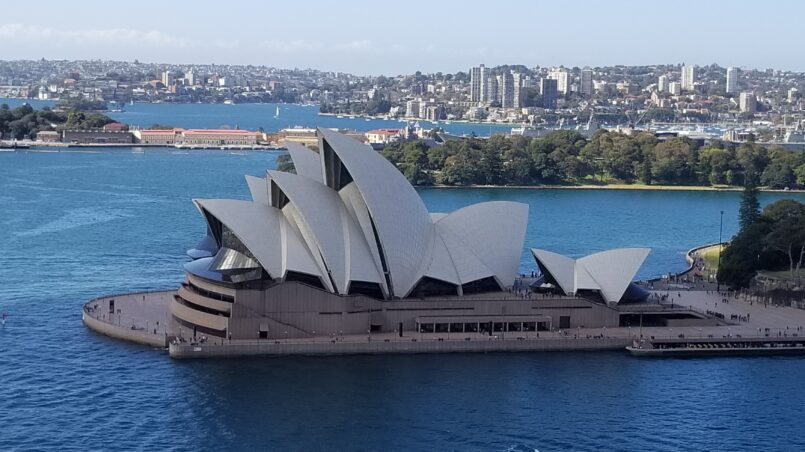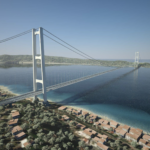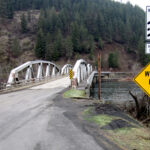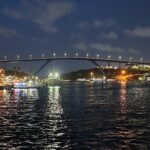In this 60th edition of TheBridgeGuy, we’re going off topic a bit. Fifty years ago today, Her Majesty Queen Elizabeth II formally opened one of the most iconic, recognizable and beautiful buildings ever built. That’s right…we’re going to talk about a building today rather than a bridge, but it is a special building for me. And it is a special milestone for this blog, so enjoy!
While planning for the Sydney Opera House began as early as the 1940’s, it was in 1955 that the real story gets its start. New South Wales Premier Joseph Cahill launched a design competition for a new Opera House to be located in Sydney at Bennelong Point. The competition was popular – 233 entires were received, representing architects from 32 different countries.
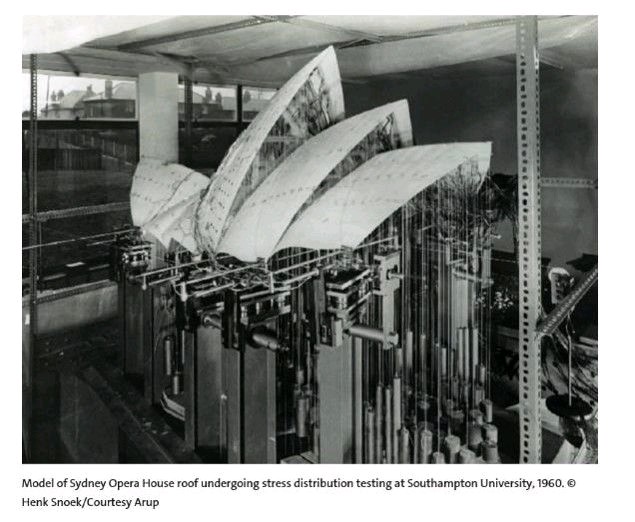
The critieria for the Opera House specified that there would be two multi-purpose halls, a large hall seating 3,000 people and a small hall seating 1,200 people. Each was to be designed for different uses – including full scale operas, musical concerts, lectures and other theater performances.
Among a pile of 30 rejects was what would turn out to be the winning entry. Saved from the reject pile by Eero Saarinen was 39 year old Danish architect Jørn Utzon’s shells or sail entry. Announced as the winning entry in 1957, Utzon won 5,000 Australian pounds and ended up moving his office to Sydney in 1963 to supervise the project.
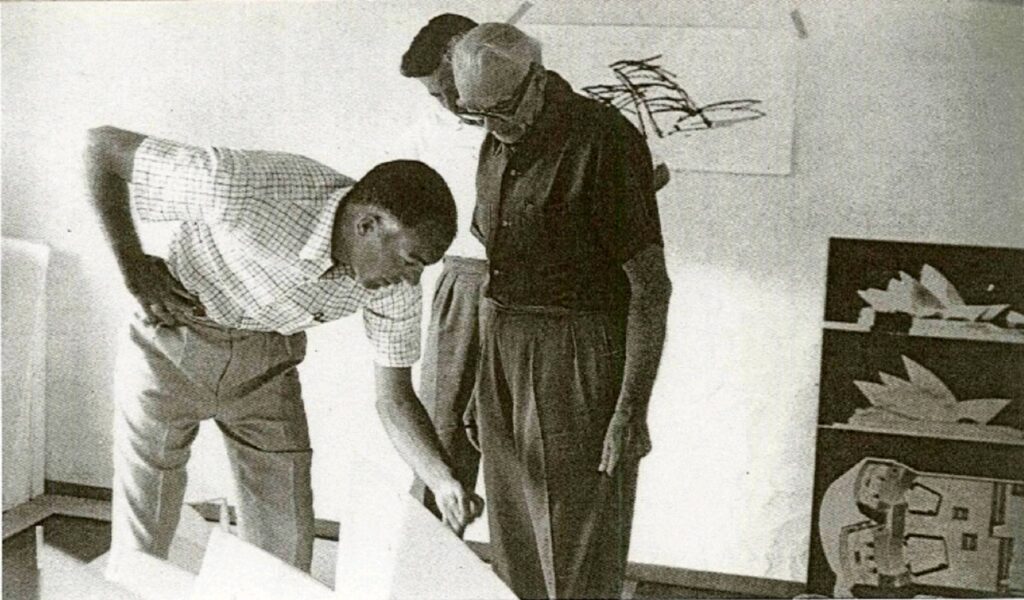
The project was plagued by turmoil almost from the beginning. The project would continue to go over budget and behind schedule. Among the issues was Utzon’s lack of experience managing such a large, non-domestic project. Up to that point, Utzon’s projects had been confined to Denmark where his studio was located.
Another issue was that Utzon’s winning entry was little more than a sketch. Nevertheless, Cahill’s government approved the project and engineering firm Ove Arup and Partners put out tenders for the project without adequate working drawings. Foundation podiums would need to be rebuilt as they were not strong enough to support the structure.
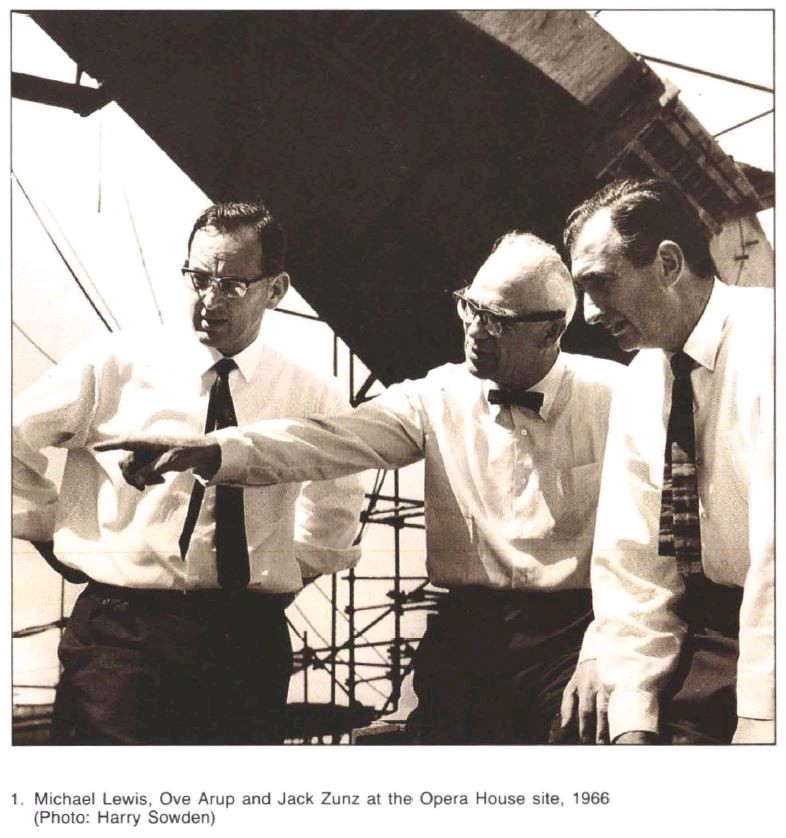
The roof was a particular conundrum for engineers. The design was purely aesthetic and wasn’t going to be easy to build. The problem was solved by Utzon himself in 1961 while peeling an orange. Instead of elliptical sections, the shell roof design would be slices of a sphere. The mathematics of a sphere were simpler than an ellipse, which helped simplify the design and construction.
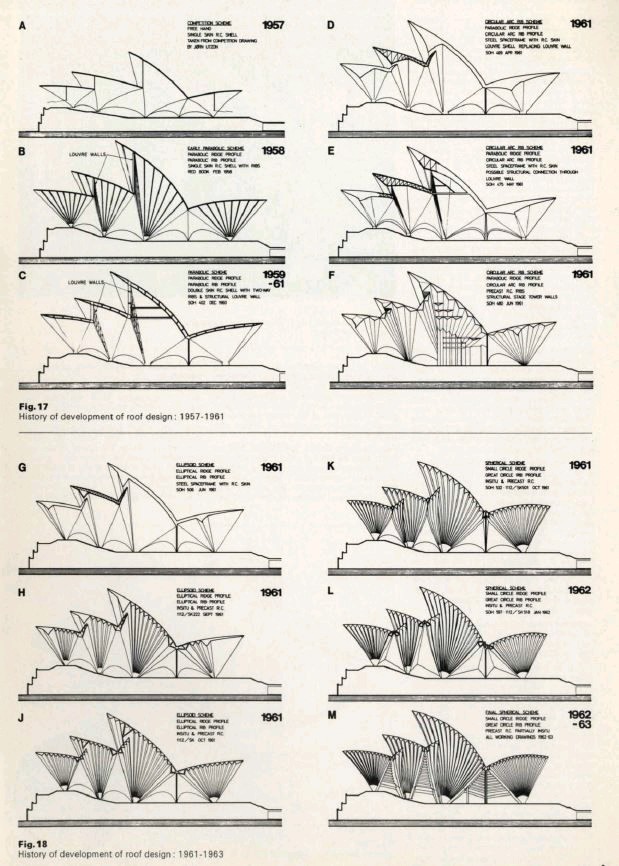
In 1965, things turned ugly. Cahill died unexpectedly and Robert Askin’s Liberal government came to power. Davis Hughes was appointed Public Works Minister, a vocal critic of the Opera House project, and almost immediately there was conflict between Hughes and Utzon. Hughes tried to rein in the escalating costs of the project and criticized Utzon’s management.
Hughes had no interest in art, architecture or aesthetics. He was also a fraud. As party leader for 19 years, he was accused of falsely claiming to be a university graduate. It was a claim he would later acknowledge though he denied deliberately misleading anyone.
The final straw for Utzon came in 1966 when Hughes refused to approve a bill for 51,000 pounds. Hughes had also clashed with Utzon over plywood prototypes for the interiors of the hall. Hughes’ failure to pay the bill meant Utzon could not pay his staff, putting him in an untenable position. After a heated argument over the bill, Utzon sent a letter to Hughes, formally resigning from the project. In it he said, “You have forced me to leave the job.” Utzon closed his office in Sydney and left Australia, vowing never to return.
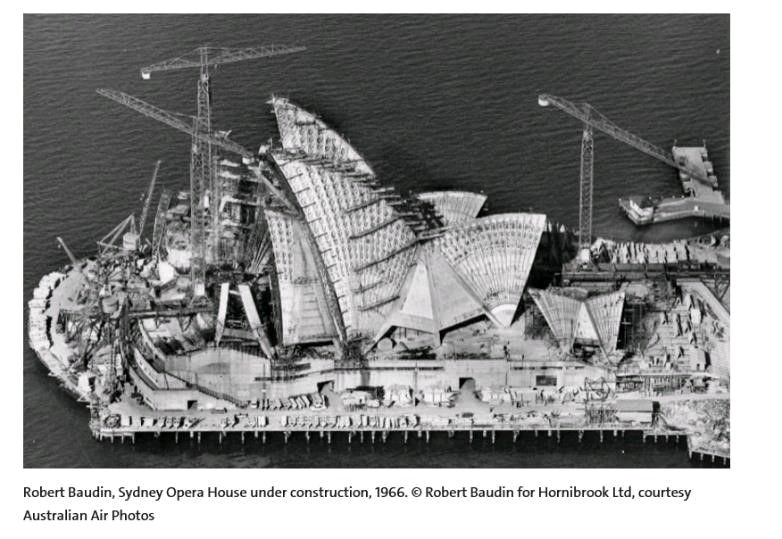
At the time that Utzon resigned, the roof was nearly complete. Hughes appointed Australian architect Peter Hall to complete the Opera House. Hall would only commit to the project under the condition that Utzon would not be reappointed and only after talking to Utzon himself. Utzon still believed he was the only person who could complete the project.
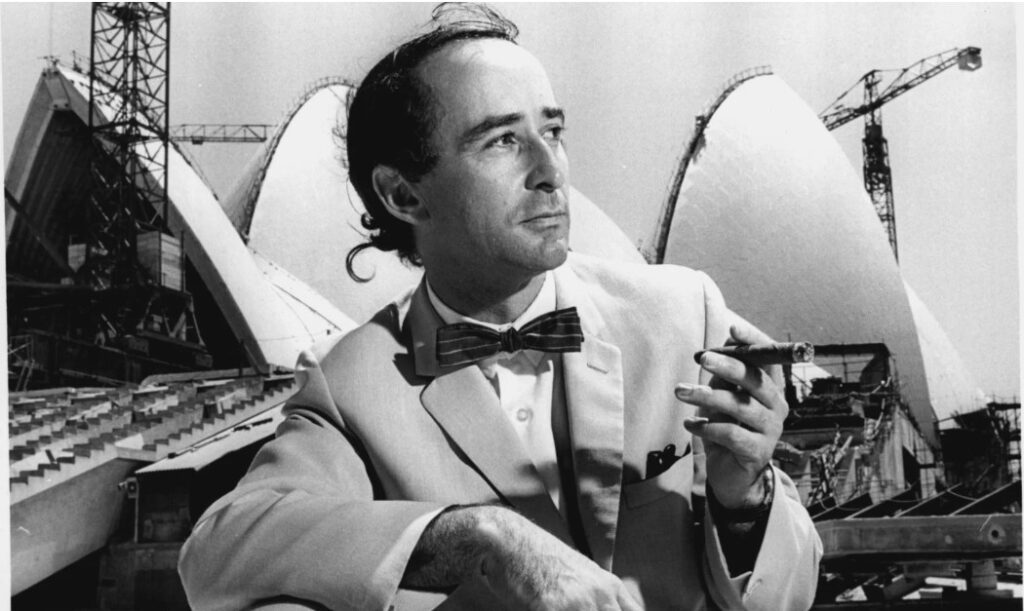
Hall found that Utzon had not yet developed a comprehensive brief for the Opera House interiors. The design he did find was cramped and potentially unsafe. In order to squeeze the specified number of seats into each hall, Utzon had needed to make some serious concessions – ultimately concessions to safety and comfort, according to Hall.
Hall also studied a great deal about acoustics. He found that the acoustic needs for a music hall were much different than those needed for an opera theater. As a result, the smaller hall was designed to accommodate opera while the larger hall was designed solely for music, a change from Utzon’s original multi-purpose design.
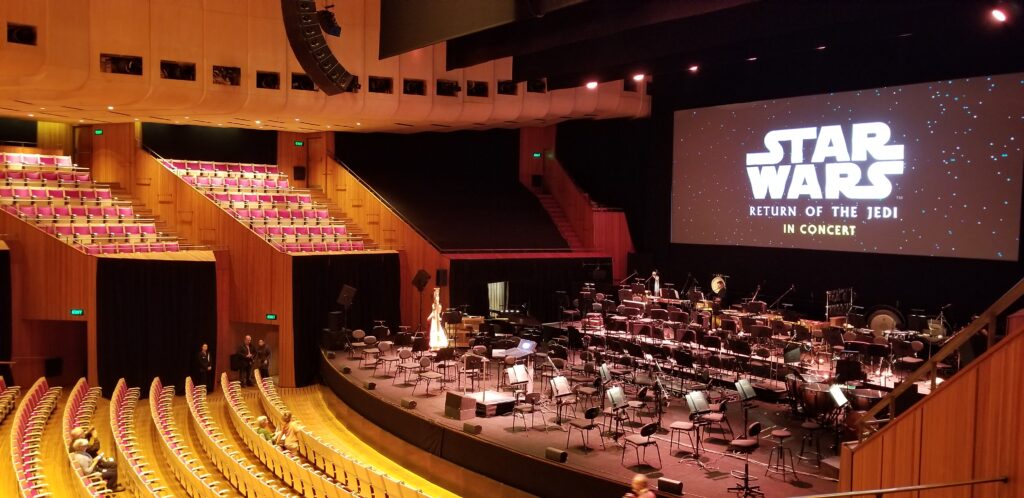
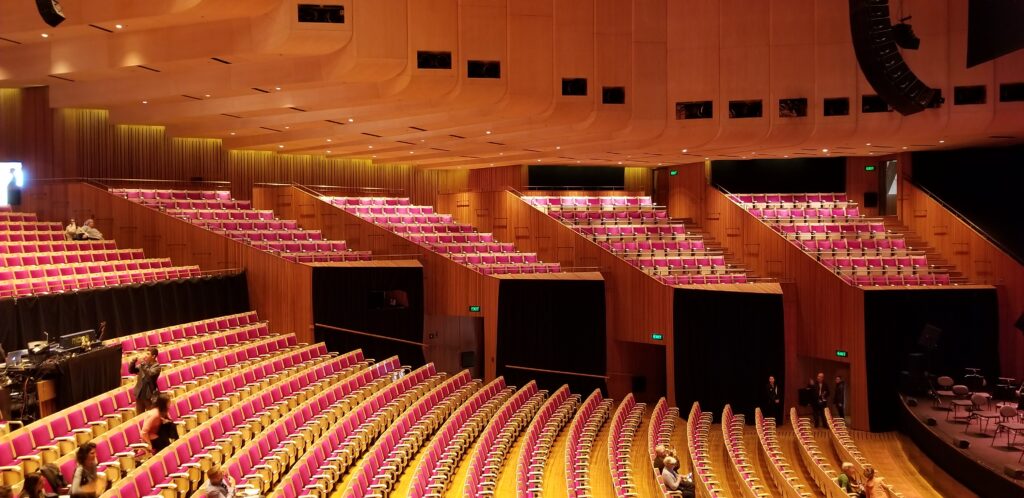
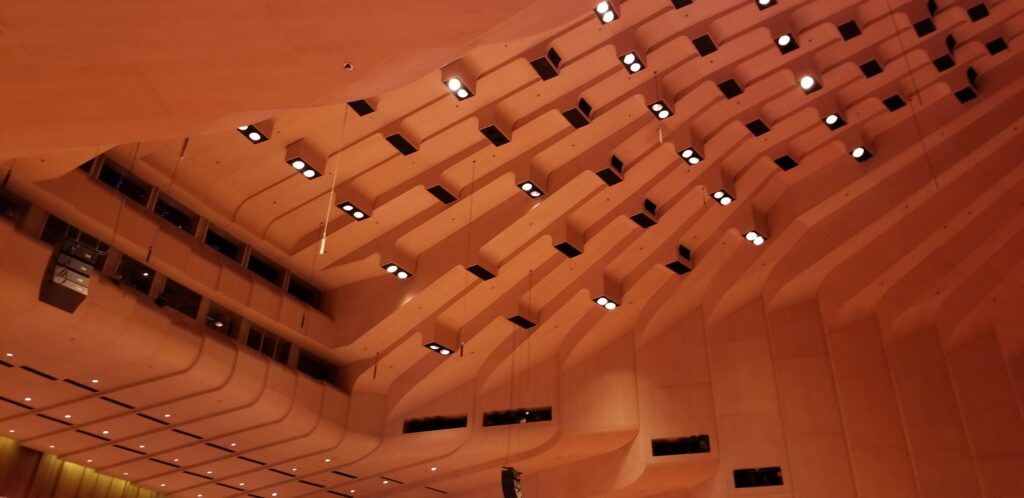
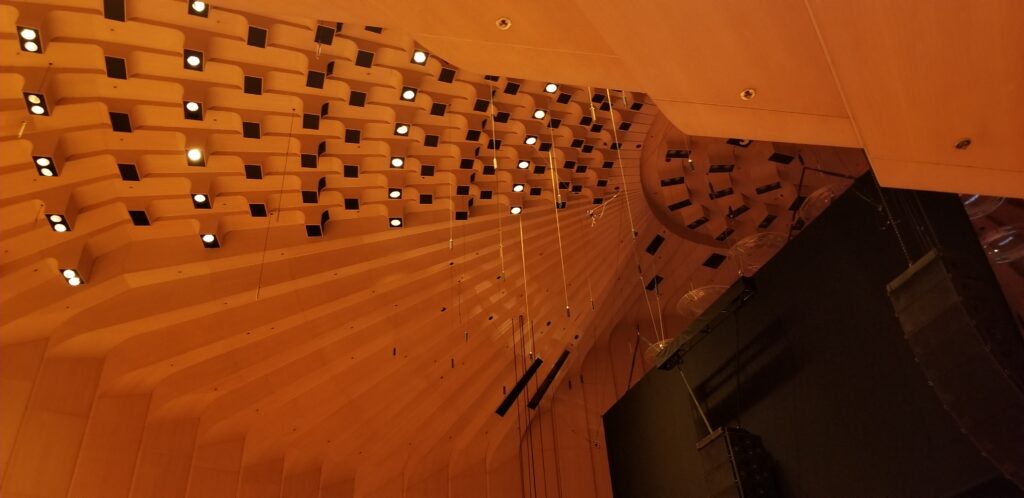
Despite these issues, design and construction would continue until 1973. Peter Hall would be criticized by his peers for taking over the project, warning him that the project would never be truly his. The controversy would plague him for the rest of his life.
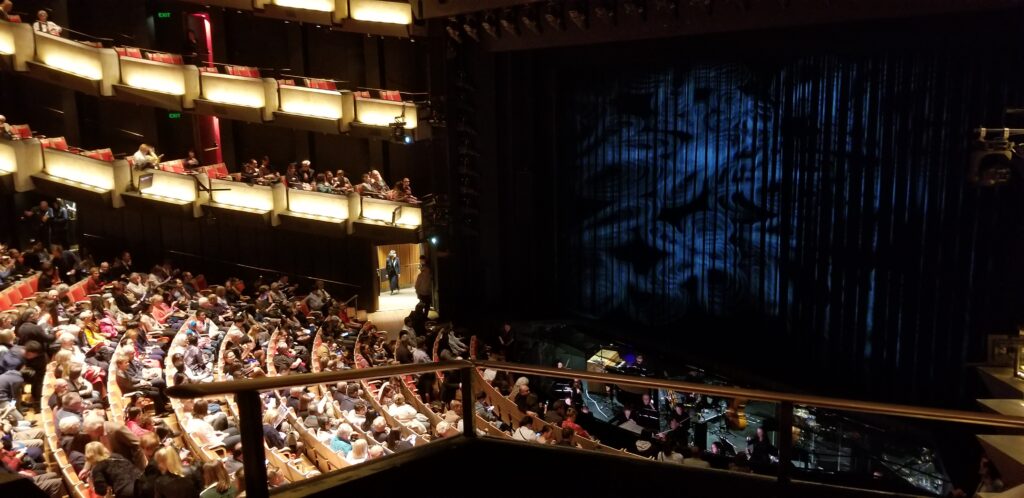
In 1973, 18 years after Cahill announced the design competition, the Opera House opened. It is an iconic symbol of Australia and a tourist attraction just for its aesthetics alone. Located on Sydney Harbour nearby Circular Quay, the Harbour Bridge and the Royal Botanical Gardens, it is an extremely scenic place to visit.
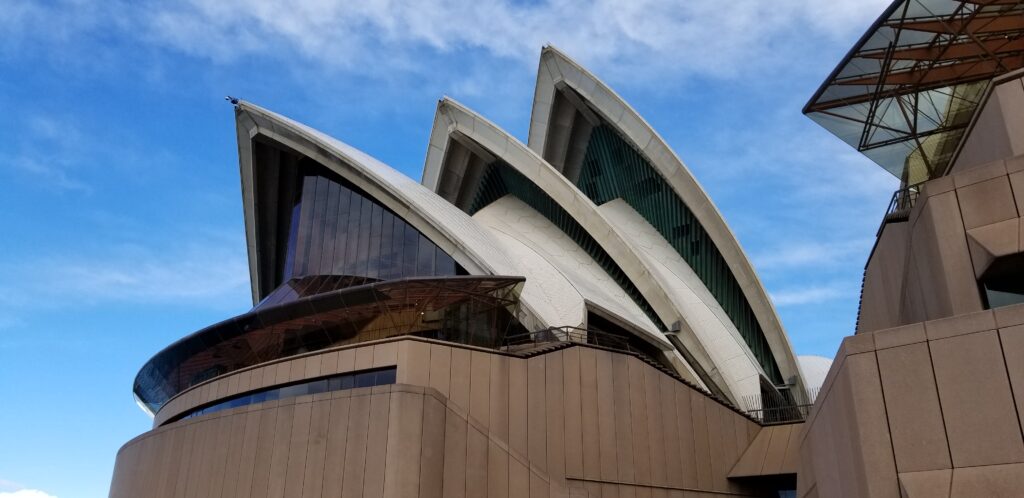
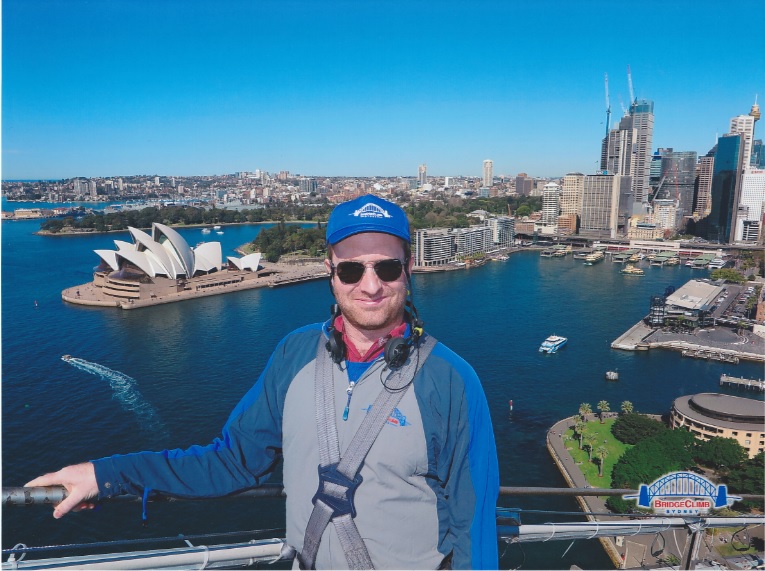
The Opera House is available to tour. The tour includes a look inside the Opera Theater, the Drama Theater and the Music Hall. The Music Hall boasts the largest mechanical tracker organ in the world, having 10,000 pipes. If you have the chance to visit, I strongly suggest attending a performance in each of the main halls – it is an experience you won’t forget.
For further reading:
The Saga of Sydney Opera House by Peter Murray
Sydney Opera House: Jørn Utzon by Phillip Drew
Views: 516